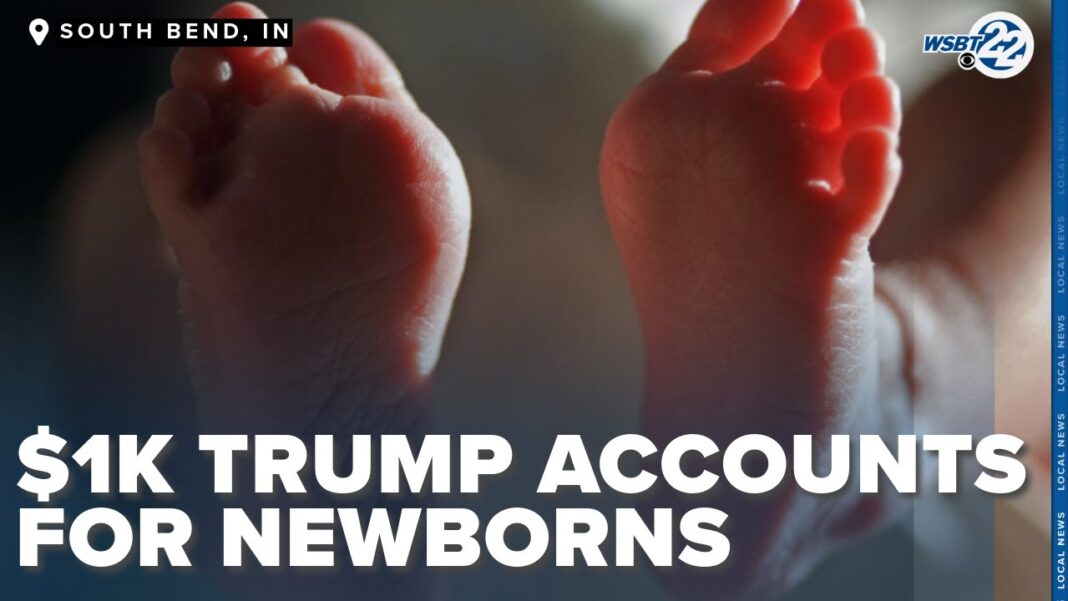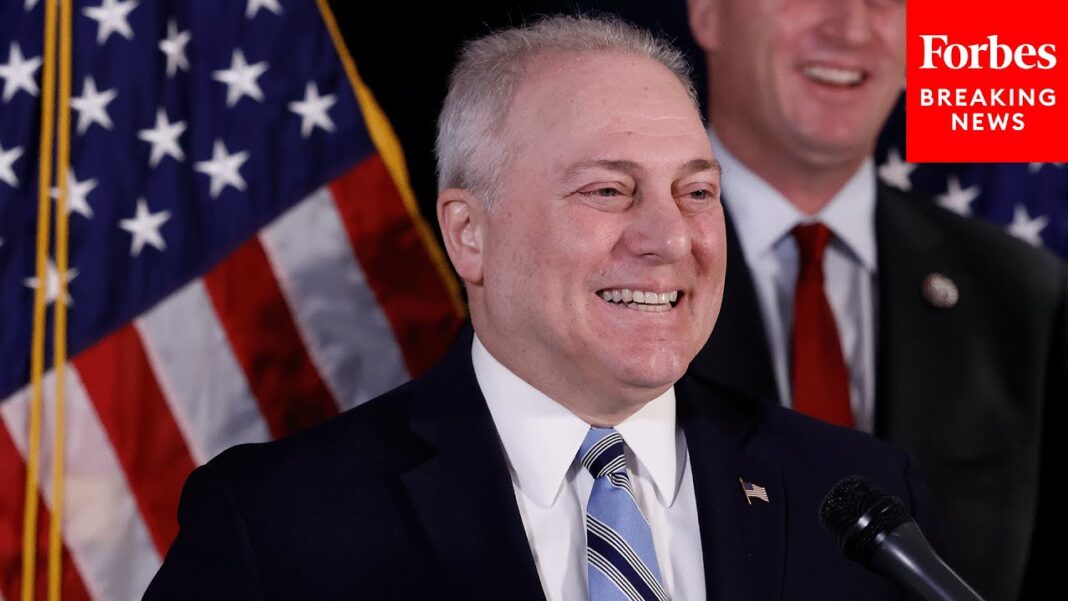A record-high tariff haul in June fueled a rare budget surplus—and set the stage for even bigger collections ahead.
New data from the Treasury Department show that surging tariff revenues in June helped the U.S. government post an unexpected budget surplus of $27 billion, offering a rare fiscal bright spot amid persistently high federal deficits and suggesting that President Donald Trump’s tariff policies are becoming a significant source of government revenue.
After running a $316 billion deficit in May, the government recorded a surplus of just over $27 billion last month, according to data released on July 11 by the Treasury Department. The tariff windfall helped narrow the fiscal year-to-date deficit to $1.34 trillion—a slight 1 percent improvement from the same period last year. By contrast, June 2024 saw a $71 billion deficit.
A key driver of the improved balance was a record-breaking surge in customs duties. The Treasury data released on Friday show that tariff collections soared to $27 billion in June alone, pushing total tariff revenues since October to $108 billion—the highest ever recorded for the first nine months of a fiscal year. June’s haul marked a significant jump from May’s prior record of $22 billion and was about 93 percent higher than the $56 billion collected during the same nine-month span of the previous year.
So far in July, customs duties have added another $2.4 billion to federal coffers, according to daily Treasury figures.
Treasury Secretary Scott Bessent has predicted even higher tariff revenues in the months ahead. Speaking at a July 8 White House Cabinet meeting, he said the United States is on track to collect $300 billion by the end of calendar year 2025, noting that the “major” tariffs imposed under the Trump administration did not start until the second quarter.
Since returning to the White House for a second term, Trump has imposed 10 percent universal tariffs on trading partners, along with reciprocal tariffs announced in April on a number of nations, depending on the trade barriers they have with the United States. Trump initially applied a 90-day pause to most of the reciprocal tariffs, and later signed an executive order that extended the reprieve to Aug. 1.
By Tom Ozimek






